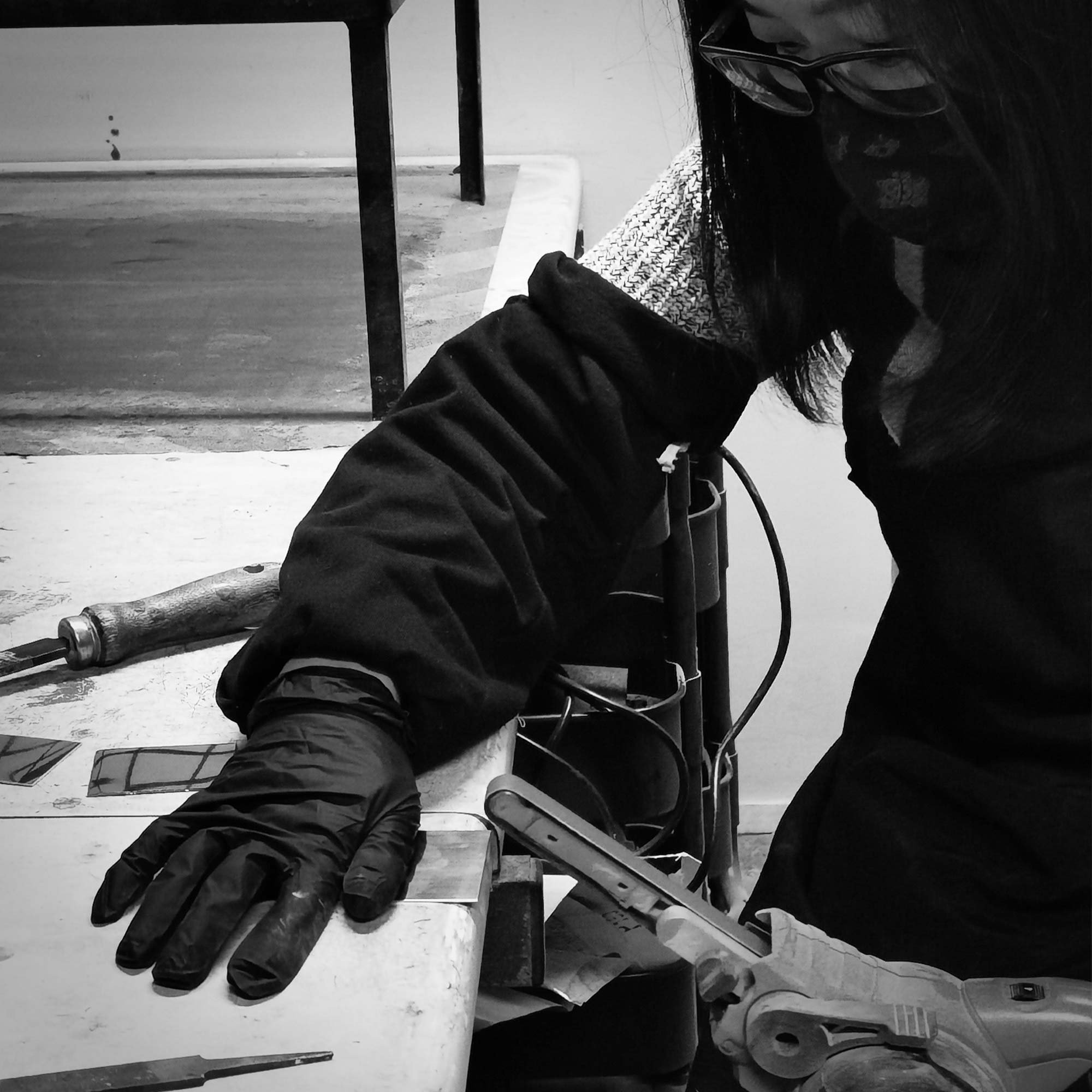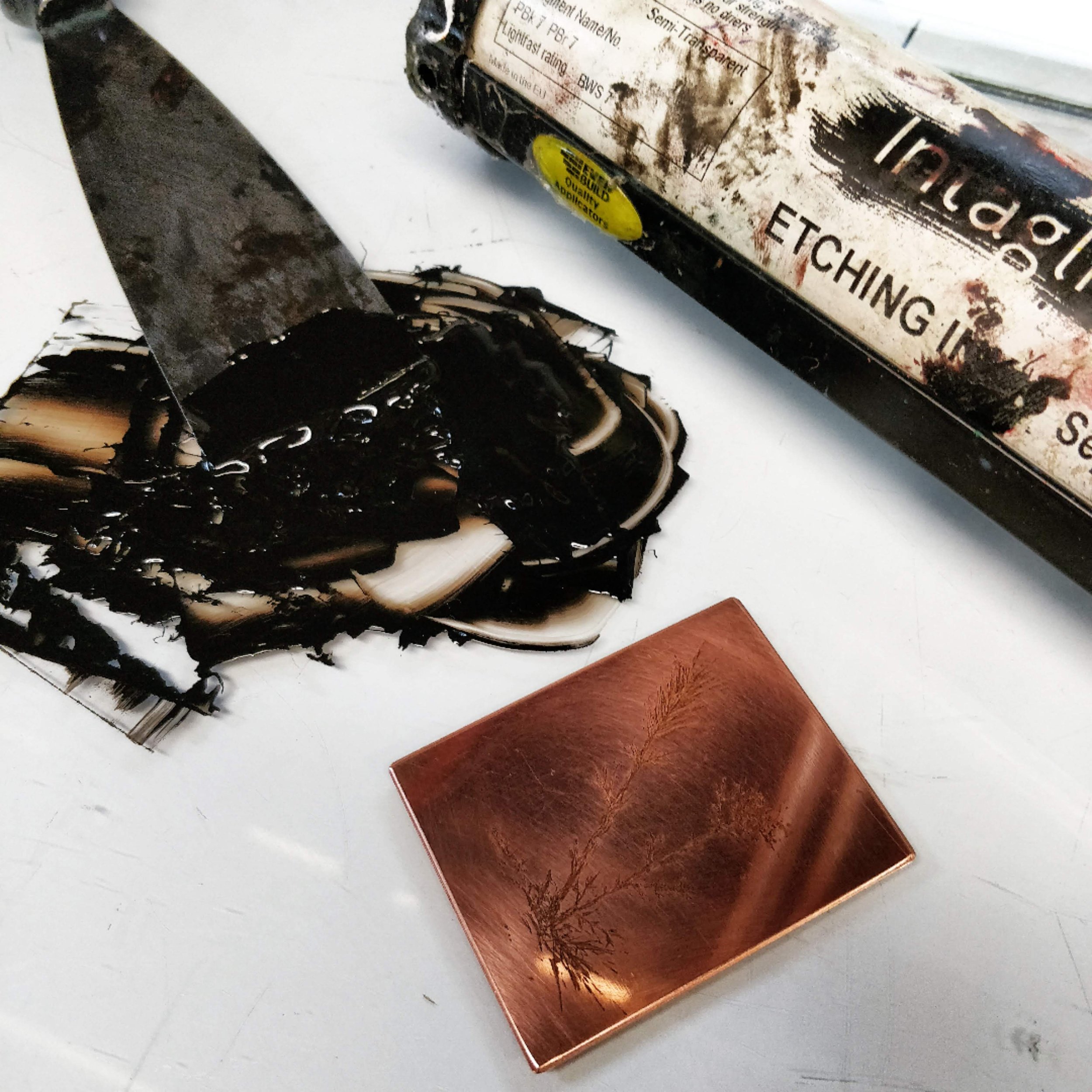Etchings
What is copper plate etching?
Copper plate etching is a printmaking technique that involves creating an image on a copper plate through a process of chemical corrosion. It is a traditional and intricate method of intaglio printmaking, where ink is applied to the recessed areas of the plate, and then paper is pressed onto the plate to transfer the ink onto the paper, creating a print.
Here is a basic overview of the copper plate etching process:
Preparing the Copper Plate : An artist starts with a clean, polished copper plate. The plate is coated with a thin layer of acid-resistant material, typically an acid-resistant wax or a ground made of asphaltum, rosin, or acrylic. The artist then uses various tools, like etching needles or brushes, to remove the ground and create the image by exposing the copper beneath.
Etching the Plate : Once the image is created on the plate, the entire plate is submerged in an acid bath (usually ferric chloride or nitric acid). The acid corrodes the exposed copper, creating grooves or lines in the plate. The longer the plate remains in the acid bath, the deeper and wider the lines become.
Inking the Plate : After the desired lines or grooves have been etched into the plate, the remaining ground is removed, and the plate is inked. Ink is applied to the entire plate surface.
Wiping and Printing : Excess ink is wiped off the plate's surface, leaving ink only in the etched lines and grooves. Dampened paper is then placed on top of the plate, and both are run through a printing press. The pressure from the press forces the paper into the etched lines, transferring the ink onto the paper.
Final Print : The print is carefully removed from the plate, and the process can be repeated to create multiple prints, known as an edition.
Below are some process of me working in the Belfast Print Workshop.
Click the button below to see available etchings.











